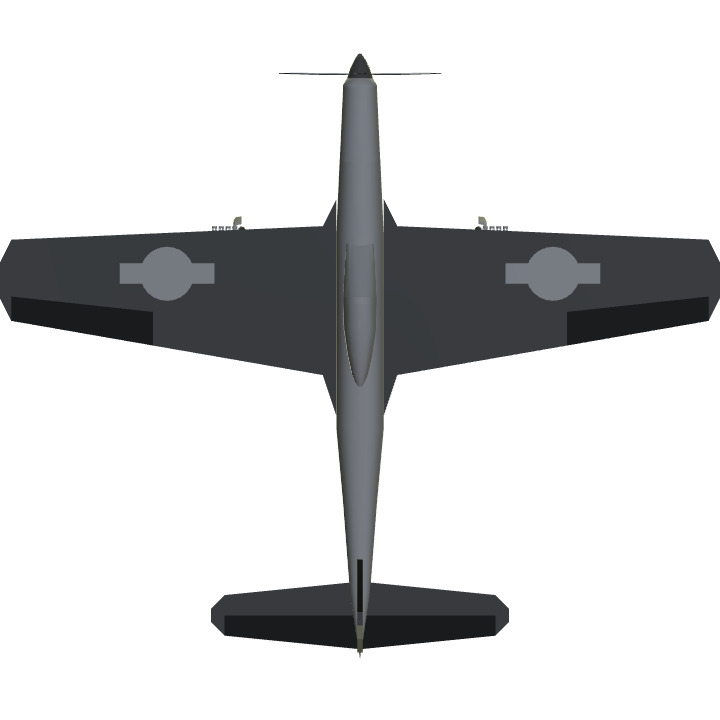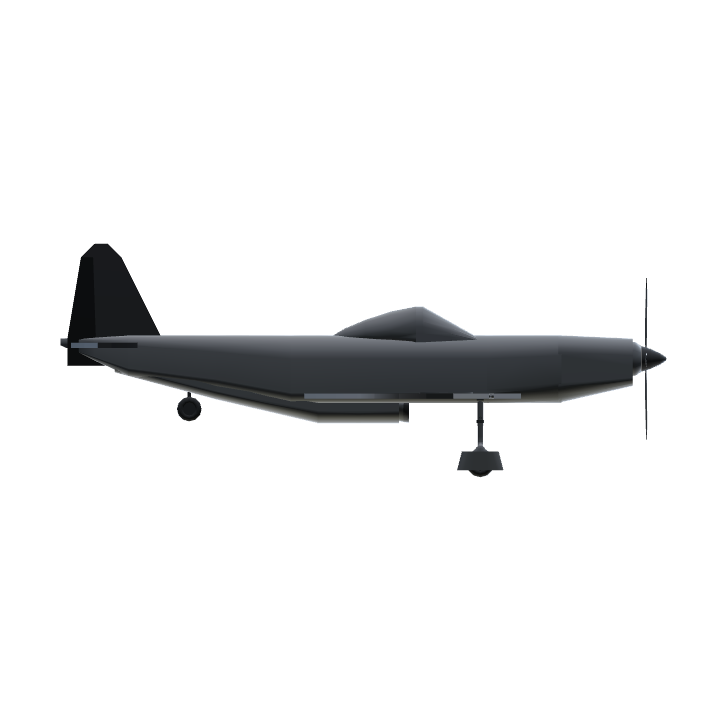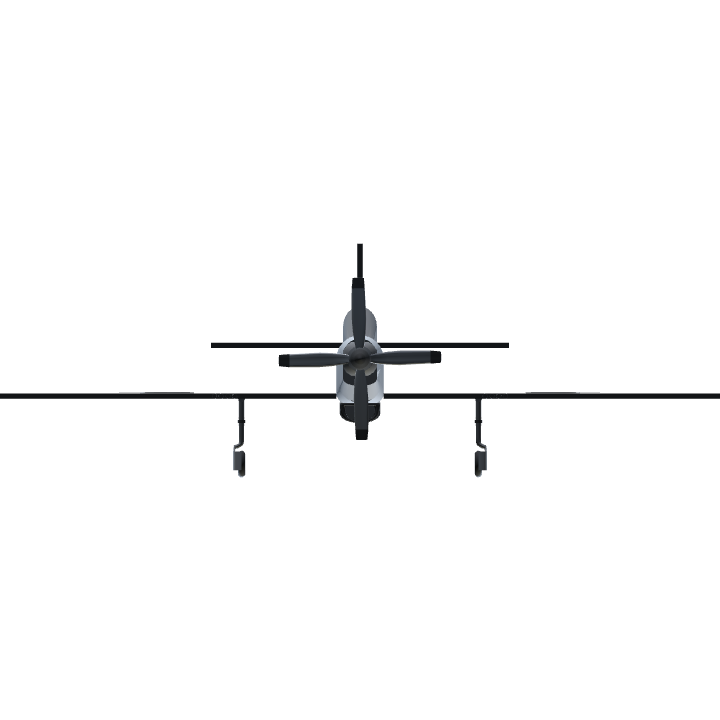The North American Aviation P-51 Mustang is an American long-range, single-seat fighter and fighter-bomber used during World War II, the Korean War and other conflicts. The Mustang was designed in 1940 by North American Aviation (NAA) in response to a requirement of the British Purchasing Commission for license-built Curtiss P-40 fighters. The prototype NA-73X airframe was rolled out on 9 September 1940, 102 days after the contract was signed and first flew on 26 October.[5][6] The Mustang was originally designed to use the Allison V-1710 engine, which, in its earlier variants, had limited high-altitude performance. It was first flown operationally by the Royal Air Force (RAF) as a tactical-reconnaissance aircraft and fighter-bomber (Mustang Mk I). The addition of the Rolls-Royce Merlin to the P-51B/C model transformed the Mustang's performance at altitudes above 15,000 ft, matching or bettering that of the Luftwaffe's fighters.[7][nb 1] The definitive version, the P-51D, was powered by the Packard V-1650-7, a license-built version of the Rolls-Royce Merlin 66 two-stage two-speed supercharged engine, and was armed with six .50 caliber (12.7 mm) M2/AN Browning machine guns.[9]
Specifications
General Characteristics
- Created On Windows
- Wingspan 43.6ft (13.3m)
- Length 36.3ft (11.1m)
- Height 13.8ft (4.2m)
- Empty Weight 5,705lbs (2,588kg)
- Loaded Weight 8,730lbs (3,959kg)
Performance
- Horse Power/Weight Ratio 0.515
- Wing Loading 23.3lbs/ft2 (113.5kg/m2)
- Wing Area 375.4ft2 (34.9m2)
- Drag Points 2689
Parts
- Number of Parts 58
- Control Surfaces 6
- Performance Cost 278






